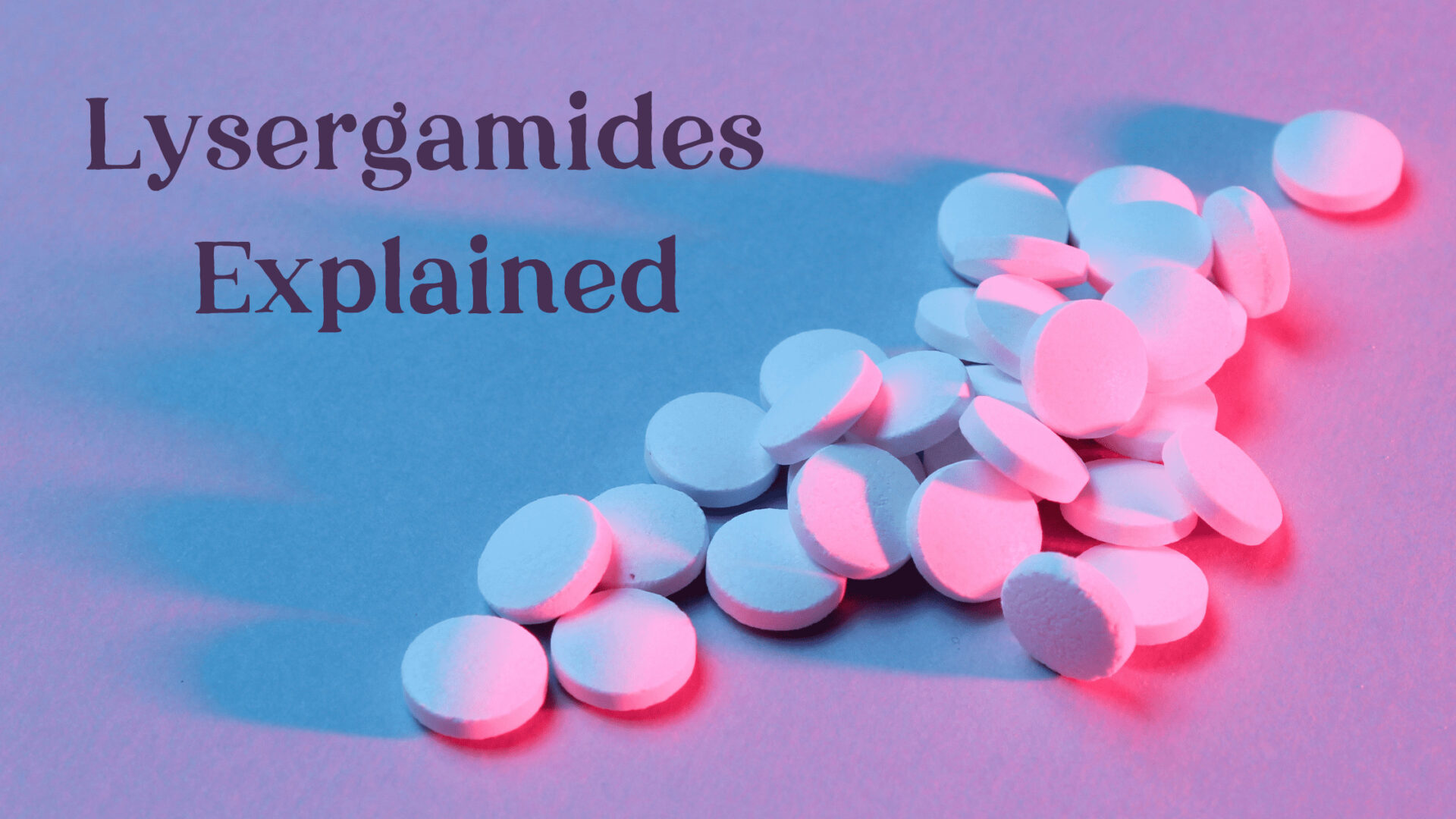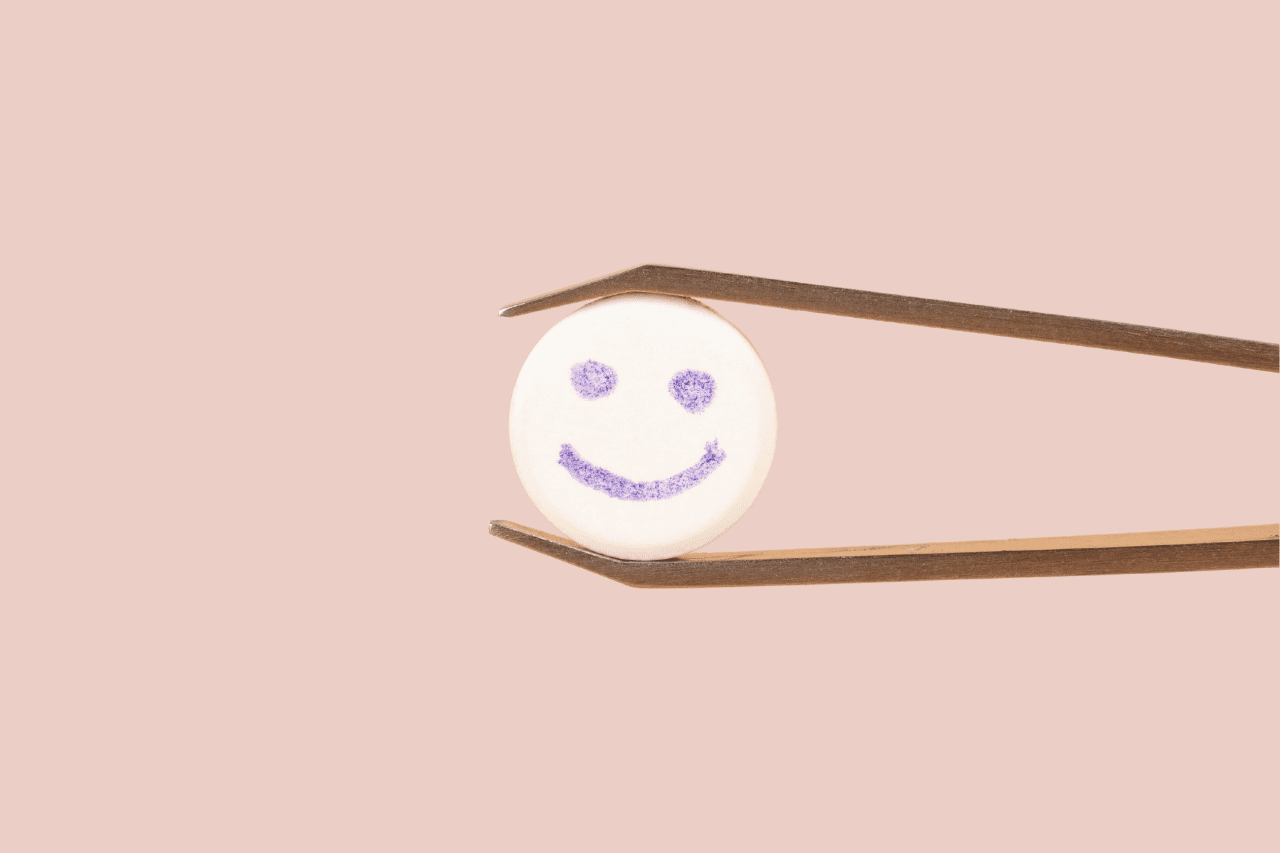
How to Stay Positive After Losing a Business
Losing a job is one thing, but losing a business is in an entirely different league. Your own business is an extension of your own

What are Lysergamides? They are a class of compounds structurally similar to lysergic acid, the parent compound in the fungus ergot. People have used Lysergamides for centuries in traditional cultures for spiritual and medicinal purposes. Scientists have more recently used them in research as research chemicals.
Microdosing is the practice of taking small amounts of a substance, typically psychedelics such as LSD or psilocybin, to experience subtle yet beneficial effects on mood, creativity, and productivity, without experiencing the full-blown psychedelic experience. It is typically done by taking a dose that is 1/10th to 1/20th of a normal recreational dose.
The precursor to Lysergamides is Lysergic acid which is, as mentioned, a naturally occurring chemical compound found in the fungus ergot.
Ergot is a fungus that grows on certain grains, particularly rye. Now, you may ask yourself: “If I have rye bread at home and let fungus grow on it, can I make my own Lysergamides and microdose those?”
People microdose Lysergamides, such as Lysergic acid diethylamide (LSD), or analogues such as 1PD, to experience subtle yet beneficial effects on mood, creativity, and productivity.
Some people report that microdosing Lysergamides helps them to have a more positive outlook and increased focus and concentration, such as when studying. Others report that microdosing has helped improve their relationships with family, friends and partners.
Some report a greater ability to think outside of the box. Additionally, some people take Lysergamides for therapeutic reasons, such as treating anxiety, depression, or addiction.
While Lysergamides may be a relatively new substance, people have been microdosing for centuries. Indigenous cultures with plant medicines will explore dosages on every level. And while that’s all well and good, you may be asking yourself, is there any science behind microdosing?
While skeptics contend that microdosing is a placebo effect, recent research suggests this isn’t quite accurate.
A study published in Addiction Biology found that participants who microdosed with low doses of LSD for two weeks reported feeling less fearful, isolated, and prone to flight-or-fight responses, as well as more enthusiastic and energetic compared to the placebo-controlled group. However, the lead researcher noted that the effect was not “robust” and that the study was limited in size and scope.
Another placebo-controlled study looked at microdosing and found that participants had altered EEG rhythms. EEG measures the brain’s electrical activity, and different patterns of activity are associated with different mental states and brain functions.
For example, an EEG with a higher frequency and lower amplitude (beta waves) is associated with a state of alertness and concentration. In comparison, scientists associate a lower frequency and higher amplitude (delta waves) with deep sleep.
The UK-based Beckley Foundation’s study on microdosing led them to conclude that microdosing changes the brain-derived neurotrophic factor (BDNF).
Brain-derived neurotrophic factor (BDNF) is a protein that plays a critical role in regulating the growth, survival, and plasticity of neurons in the brain. Scientists have shown it to have a role in regulating mood, learning, and memory, as well as in the development of certain mental disorders such as depression and anxiety.
BDNF is involved in forming new connections between neurons, known as synapses, which are important for learning and memory. Studies have shown that BDNF levels are lower in individuals with depression and anxiety and that increasing BDNF levels through exercise, diet, and other interventions can improve symptoms of these disorders.
BDNF also plays a role in regulating the release of neurotransmitters, chemicals that carry signals between neurons. Researchers associate Low levels of BDNF with reduced levels of serotonin and other neurotransmitters, which can contribute to the development of depression and anxiety.
Researchers have also associated BDNF in regulating stress response and the HPA axis (hypothalamic-pituitary-adrenal axis), a complex set of interactions modulating physiological stress responses.

We don’t recommend you attempt to make Do-It-Yourself Lysergamides at home. For one, the process is complex and requires specialized equipment and knowledge. Two, it’s likely illegal where you are. Countries that permit it require licenses.
That said, the process in which Lysergic acid is extracted from the Ergot fungus and then converted into Lysergamides is interesting. Of course, it requires a sophisticated laboratory setup with specific chemicals and a high degree of expertise in organic synthesis. But this is precisely what makes research chemicals so fascinating.
The process of extracting Lysergic acid from the fungus Claviceps purpurea and then converting it into Lysergamides such as Lysergic acid diethylamide (LSD) is a complex and multi-step process.
It’s important to note that this process requires specific reagents and solvents, specific reaction conditions and a high degree of expertise in organic synthesis and handling of the chemicals involved. Most countries also make it illegal to produce these compounds without a proper license.
Lysergamides are a class of chemical compounds structurally similar to lysergic acid. People around the world microdose Lysergamides to great success.
However, in many countries, it is illegal to manufacture, possess, or distribute Lysergamides. So be sure to check your local laws.
But suppose it’s legal in your country to manufacture Lysergamides. In that rare case, we still suggest you leave the manufacturing process to the experts. Creating Lysergamides is highly dangerous and unadvisable for individuals without professional training and equipment.
Fortunately, Lysergamides for microdosing are available. Finding a microdosing schedule that works for you has never been easier or safer. And if the idea of microdosing Lysergamides intimidates you, then consider psilocybin mushrooms.
Whether you’re microdosing for stress or creativity or even to enhance your yoga practice, there’s something for everyone. You may end up discovering unique benefits that we have yet to consider.

Losing a job is one thing, but losing a business is in an entirely different league. Your own business is an extension of your own

There appears to be a lot of hype around brain health supplements, ‘self-care’ and general wellness. People of all ages and backgrounds seem to be

Thanks to the recent expansion of members in the brain hacking community, bettering your brain function has never been such a hot topic! With all

“Welcome to the world of Microdosing” In a galaxy far far away (P.S. J.K., I mean the earth), human beings have found a way to

What are Lysergamides? They are a class of compounds structurally similar to lysergic acid, the parent compound in the fungus ergot. People have used

Most of us, fairly easily, can conjure up images of a shaman and a group of tribesmen and women dancing around a fire, imbibing psychedelic
GET 10% DISCOUNT WITH NOTIFIED ABOUT THE LATEST NEWS AND UPDATES. NO SPAM, WE PROMISE!
FREE Tracked shipping on orders over €250 to EU countries.
Monday- Friday 8.30am- 5pm (CET)
A range of options available
Guaranteed delivery or your money back